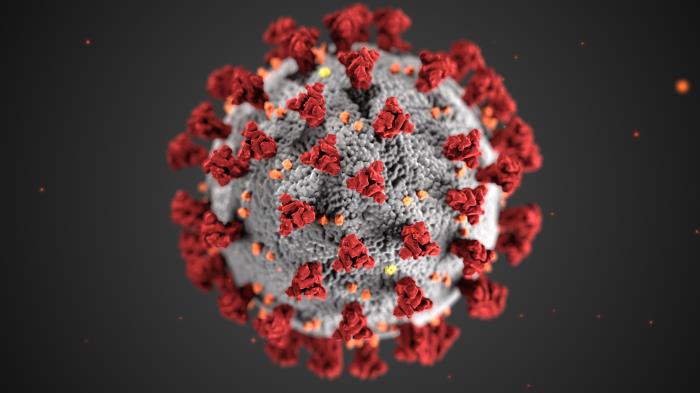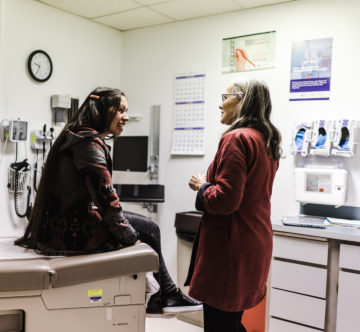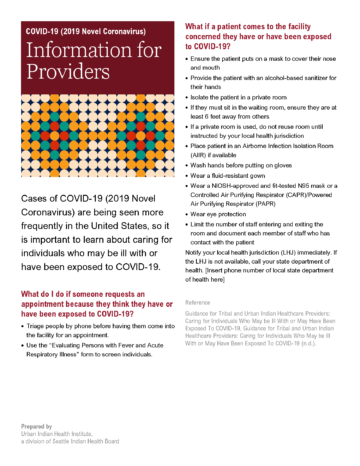Contents
The CDC has issued official medical coding guidance for health care encounters and deaths related to COVID-19 Coronavirus outbreak. It is important that these be adopted in your Urban Indian Health Program or Tribal Health facility to ensure that Indian Country correctly captures the data on this outbreak in urban and rural tribal communities.
This coding guidance has been developed by CDC and approved by the four organizations that make up the Cooperating Parties: the National Center for Health Statistics, the American Health Information Management Association, the American Hospital Association, and the Centers for Medicare & Medicaid Services.
What is COVID-19?
COVID-19 (2019 Novel Coronavirus Disease) is a viral respiratory illness caused by a coronavirus that has not been found in people before. It can lead to lower respiratory illnesses like pneumonia and bronchitis.1
How is COVID-19 spread?
- Through respiratory droplets produced when an infected person coughs or sneezes
- Close contact with an infected person (within 6 feet)
- Contact with infected surfaces or objects then touching your mouth, nose, or eyes1
What are the symptoms?
- Fever
- Cough
- Shortness of breath
Symptoms may appear 2–14 days after exposure.1
Currently, there is no vaccine to prevent COVID-19.
Coding guidance
This guidance is intended to be used in conjunction with the current ICD-10-CM classification and the ICD-10-CM Official Guidelines for Coding and Reporting (effective October 1, 2019). The ICD-10-CM codes in this document are intended to provide information on the coding of encounters related to coronavirus. Other codes for conditions unrelated to coronavirus may be required to fully code these scenarios in accordance with the ICD-10-CM Official Guidelines for Coding and Reporting.
A hyphen is used at the end of a code to indicate that additional characters are required.2
General Guidance
Pneumonia
For a pneumonia case confirmed as due to COVID-19, assign codes J12.89, Other viral pneumonia, and B97.29, Other coronavirus as the cause of diseases classified elsewhere.2
Acute Bronchitis
For a patient with acute bronchitis confirmed as due to COVID-19, assign codes J20.8, Acute bronchitis due to other specified organisms, and B97.29, Other coronavirus as the cause of diseases classified elsewhere. Bronchitis not otherwise specified (NOS) due to the COVID-19 should be coded using code J40, Bronchitis, not specified as acute or chronic, along with code B97.29, Other coronavirus as the cause of diseases classified elsewhere.2
Lower Respiratory Infection
If COVID-19 is documented as being associated with a lower respiratory infection, not otherwise specified (NOS), or an acute respiratory infection, NOS, this should be assigned with code J22, Unspecified acute lower respiratory infection, with code B97.29, Other coronavirus as the cause of diseases classified elsewhere. If COVID-19 is documented as being associated with a respiratory infection, NOS, it would be appropriate to assign code J98.8, Other specified respiratory disorders, with code B97.29, Other coronavirus as the cause of diseases classified elsewhere.2
ARDS
Acute respiratory distress syndrome (ARDS) may develop with COVID-19, according to the Interim Clinical Guidance for Management of Patients with Confirmed 2019 Novel Coronavirus (COVID-19) Infection. Cases with ARDS due to COVID-19 should be assigned the codes J80, Acute respiratory distress syndrome, and B97.29, Other coronavirus as the cause of diseases classified elsewhere.2
Exposure to COVID-19
For cases where there is a concern about a possible exposure to COVID-19, but this is ruled out after evaluation, it would be appropriate to assign the code Z03.818, Encounter for observation for suspected exposure to other biological agents ruled out.2 For cases where there is an actual exposure to someone who is confirmed to have COVID-19, it would be appropriate to assign the code Z20.828, Contact with and (suspected) exposure to other viral communicable diseases. 2
Signs and symptoms
For patients presenting with any signs/symptoms (such as fever, etc.) and where a definitive diagnosis has not been established, assign the appropriate code(s) for each of the presenting signs and symptoms such as: R05 Cough, R06.02 Shortness of breath, R50.9 Fever, unspecified.2
Note – Diagnosis code B34.2, Coronavirus infection, unspecified, would in general not be appropriate for COVID-19 because the cases have universally been respiratory in nature, so the site would not be “unspecified.”2
If the provider documents “suspected”, “possible” or “probable” COVID-19, do not assign code B97.29. Assign a code(s) explaining the reason for encounter (such as fever, or Z20.828).2
Additional Resources
- Centers for Disease Control and Prevention ICD-10-CM Official Guidelines for Coding and Reporting FY 2020 (October 1, 2019 – September 30, 2020) cdc.gov/nchs/data/icd/10cmguidelines-FY2020_final.pdf
- Centers for Disease Control and Prevention Interim Clinical Guidance for Management of Patients with Confirmed Coronavirus Disease (COVID-19) cdc.gov/coronavirus/2019-ncov/hcp/clinical-guidance-management-patients.html
References
- Centers for Disease Control and Prevention (2020). About COVID-19. www.cdc.gov/coronavirus/2019-ncov/about/index.html
- Interim Guidance: Healthcare Professionals 2019-nCoV. (2020, March 14). Retrieved from www.cdc.gov/coronavirus/2019-ncov/hcp/clinical-criteria.html



